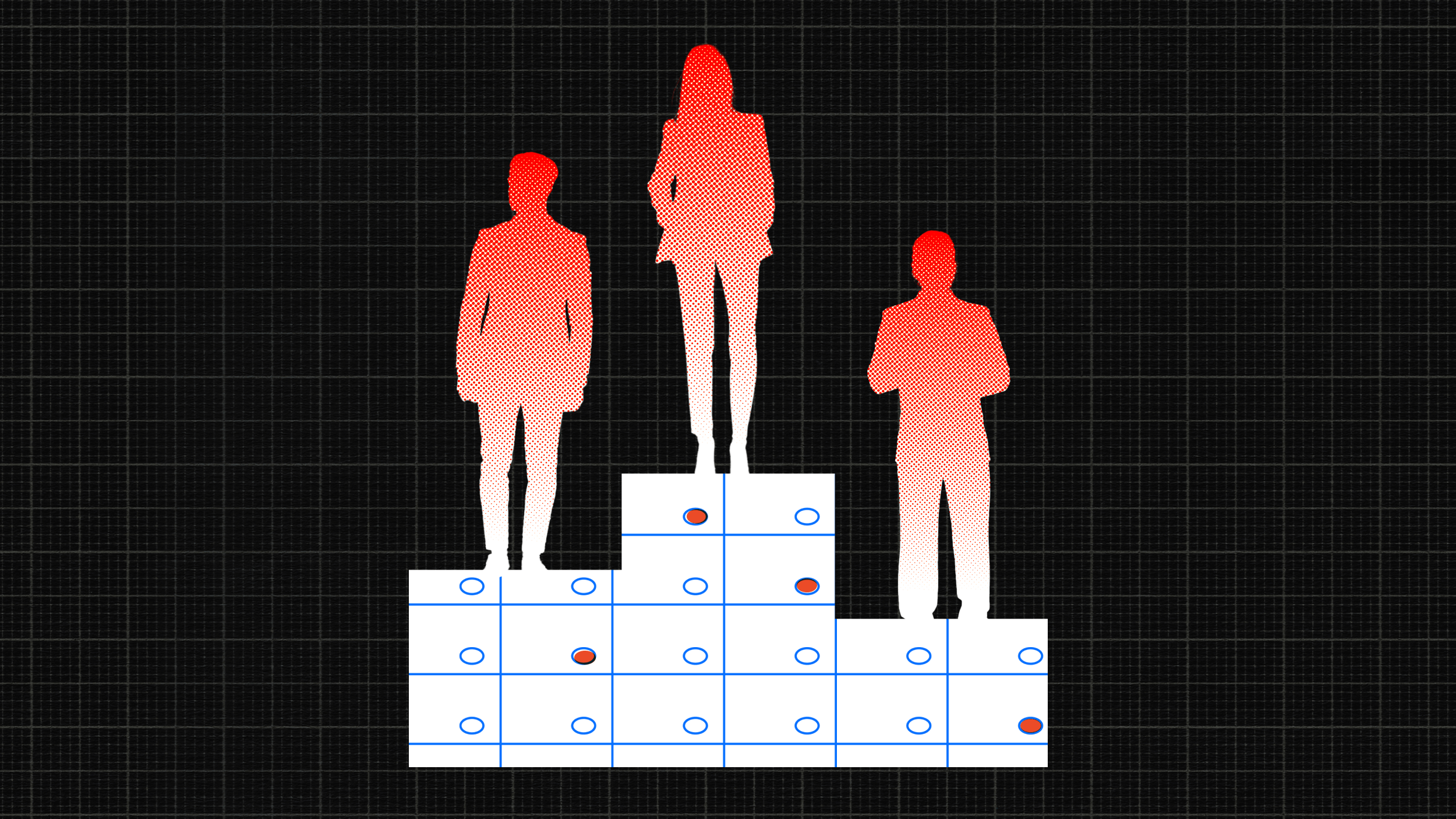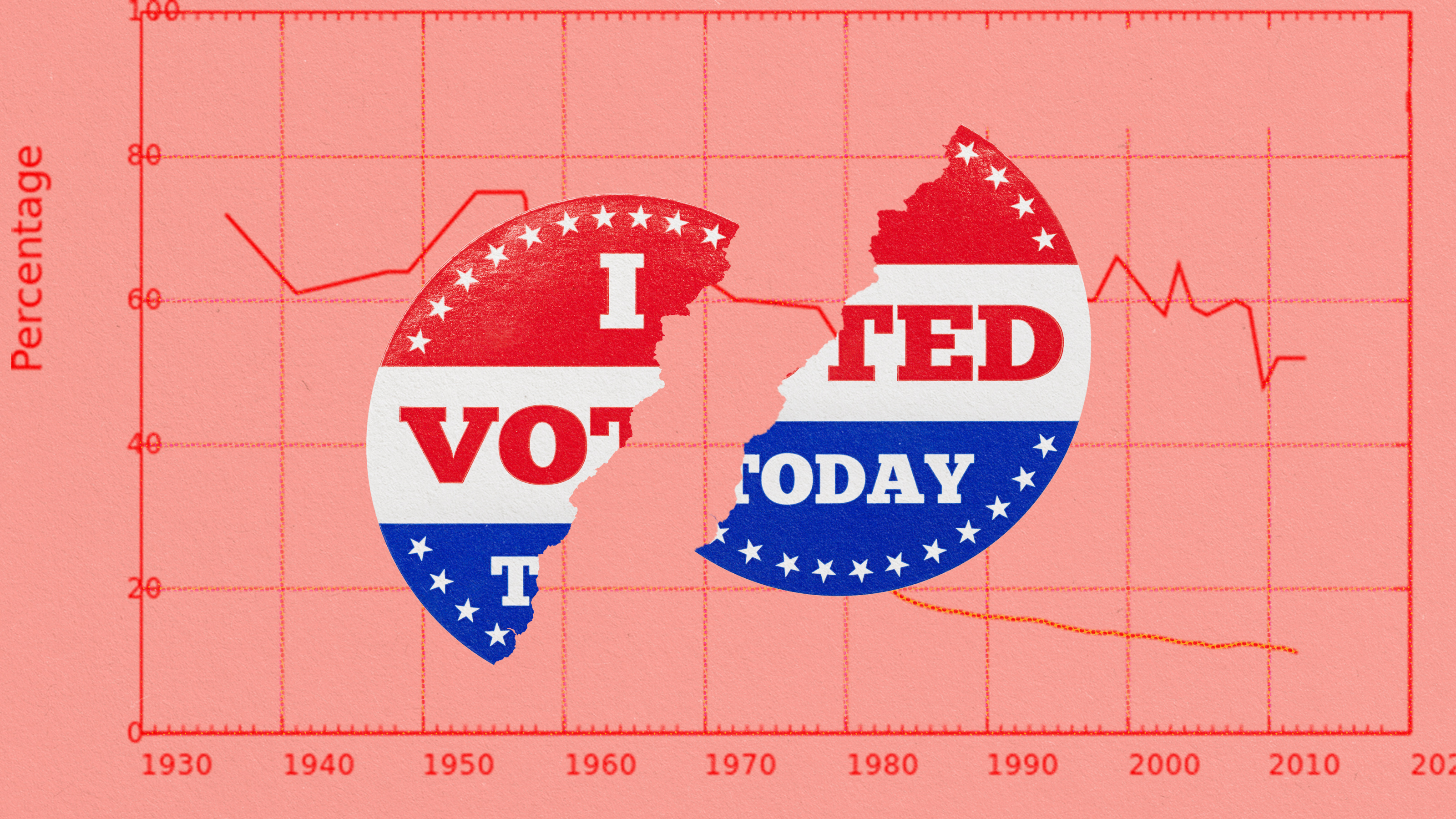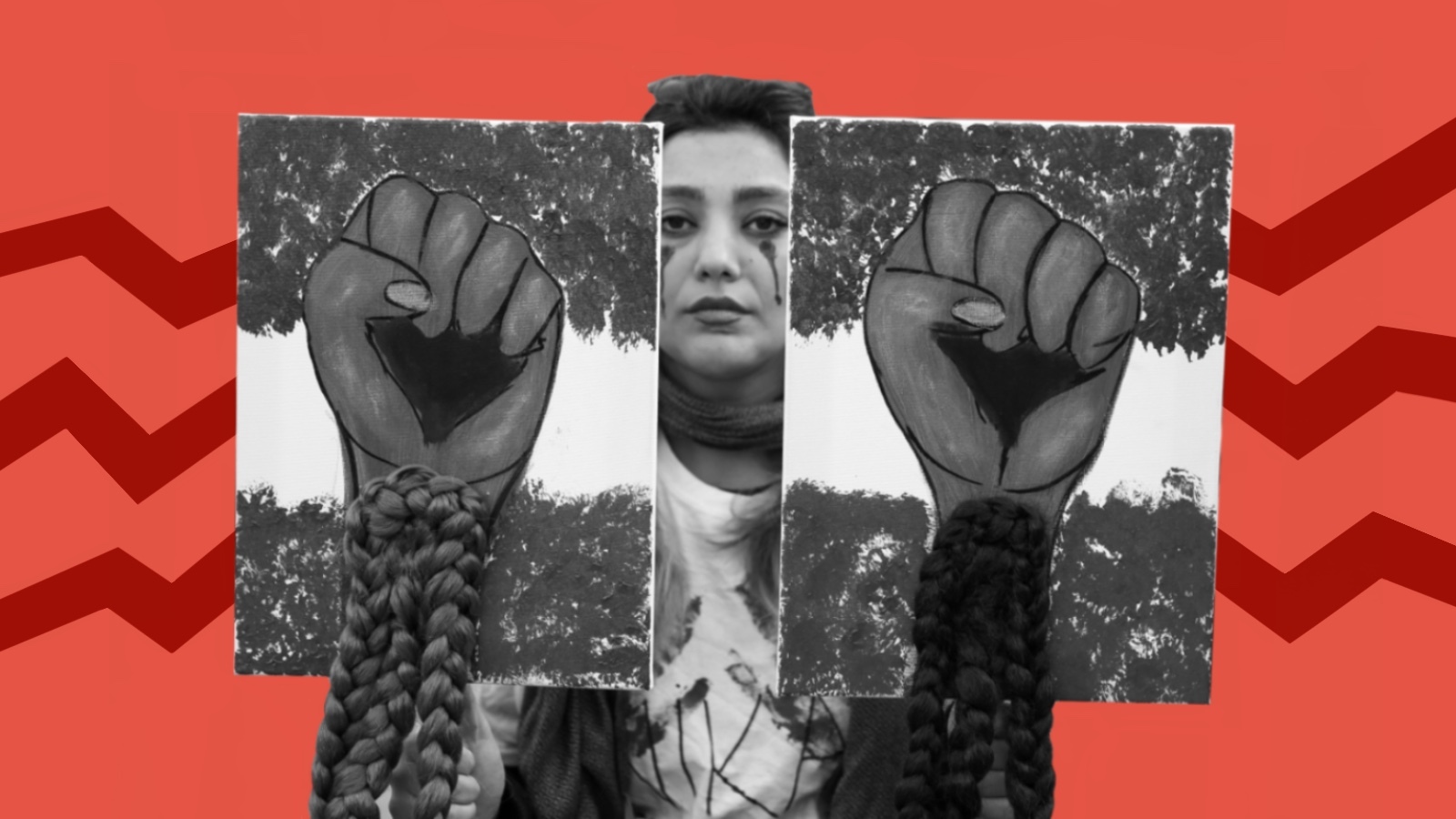Iran’s Presidential Elections, Round One

Campaigning has officially stopped one day before Iran’s presidential election. Voters will go to the polls tomorrow to choose from four official candidates who are (deep breath)…
Mahmoud Ahmadinejad, the incumbent and dark horse of the 2005 election; Mir-Hossein Mousavi, an independent reformist; Mohsen Rezaee, an independent conservative; and Mehdi Karroubi of the Etemad-e-Melli Party.
No one candidate is expected to carry 50 percent of the electorate, so a run-off vote between the two top candidates will likely take place in the coming week. Al-Jazeera predicts that the run-off will be between Ahmadinejad and Mousavi. To say the presidential contest is between conservative and liberal–between right and left–is true but only to a very relative extent.
Ahmadinejad has strained Iran’s relations with the West during his tenure with his confrontational attitude and aggressive anti-Americanism. He insists on continuing Iran’s civilian nuclear energy initiatives, which some fear could inspire him to build The Bomb. He has denied the Holocaust and western media never tires of quoting his mistranslated wish to “wipe Israel off the map”. By comparison, contrasted with his main competitor, Mousavi, Ahmadinejad represents the spirit of the 1979 Iranian Revolution that overthrew the U.S.-supported Shah.
Still, a Mousavi victory would not represent a complete regime change and relations with the West would only change slowly; Iran would remain an Islamic Republic no matter the outcome of Friday’s presidential election.
When Ayatollah Ali Khamenei, the Supreme Leader of Iran, banned condoms just after the Iranian Revolution of 1979, he probably wasn’t thinking ahead to 2009 presidential politics. Yet Iran’s population boom will play hugely in the presidential election. Three-quarters of the population is under 30, and the voting age is set at 18. A large majority of the electorate only knows life after the Iranian Revolution, which is another reason radical change is unlikely-it is difficult for the electorate to envision an alternative to modern-day Iran.
As each candidate seeks to appeal to young voters, they will play a major role in deciding Iran’s future:
One can be forgiven for thinking of Iran as a dogmatic mosque in the shape of a country, just as one can be forgiven for thinking the U.S. is populated by gun-toting, pro-death penalty Christians.
Elections in Iran are mostly free and fair, and people make decisions there as here-with their wallet. The Iranian economy is on voters’ minds as they take to the ballot box, and slumping national revenues coupled with growing inflation spells trouble for the incumbent Ahmadinejad.




